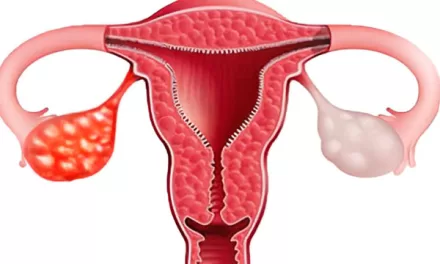Lisbon, Portugal
In a landmark meeting convened by the World Health Organization (WHO) in October 2022, experts gathered to reevaluate the 2005 WHO Toxic Equivalency Factors (TEFs) for chlorinated dioxin-like compounds. This reevaluation comes in response to significant advancements in scientific understanding since the last consultation nearly two decades ago.
Background:
The WHO has a longstanding commitment to harmonizing TEFs for dioxins, dibenzofurans, and dioxin-like polychlorinated biphenyls (PCBs) internationally. These factors express the toxicity of these compounds relative to the most toxic form of dioxin, 2,3,7,8-TCDD. The 2005 WHO TEFs were established through a similar expert consultation process.
Selection of Experts:
WHO launched an open call for experts in May 2022, seeking individuals with expertise in toxicology, pharmacology, biochemistry, epidemiology, and related fields. From over 30 applicants, 20 experts from various regions were selected to participate in the consultation.
Outcome:
Following rigorous evaluation of congener-specific data and the application of Bayesian meta-regression techniques, experts reached a consensus on the need to update the 2005 TEF values. Unlike previous consultations, this effort utilized an updated Relative Potency (REP) database and Bayesian dose-response modeling to derive “Best-Estimate” TEFs.
The revised TEFs, published in Regulatory Toxicology and Pharmacology in January 2024, reflect a more data-driven approach. Notably, the updated TEFs are not rounded to half-logs, with the exception of mono-ortho PCBs due to limited data availability.
Impact:
Applying the new TEFs to measured concentrations of dioxin-like compounds in human milk and seafood suggests a significant reduction in total toxic equivalents (TEQs) compared to the 2005 values. Preliminary calculations indicate a potential 50% decrease in TEQs across various food products.
Conclusion:
The WHO expert consultation marks a significant milestone in the ongoing effort to safeguard public health from the adverse effects of dioxin-like compounds. The updated TEFs represent a more precise and evidence-based approach to assessing the toxicity of these chemicals, reflecting advancements in scientific understanding since 2005.
For further details on the revised TEF values and the outcome of the expert consultation, readers are encouraged to refer to the published article in Regulatory Toxicology and Pharmacology (Volume 146, January 2024).











